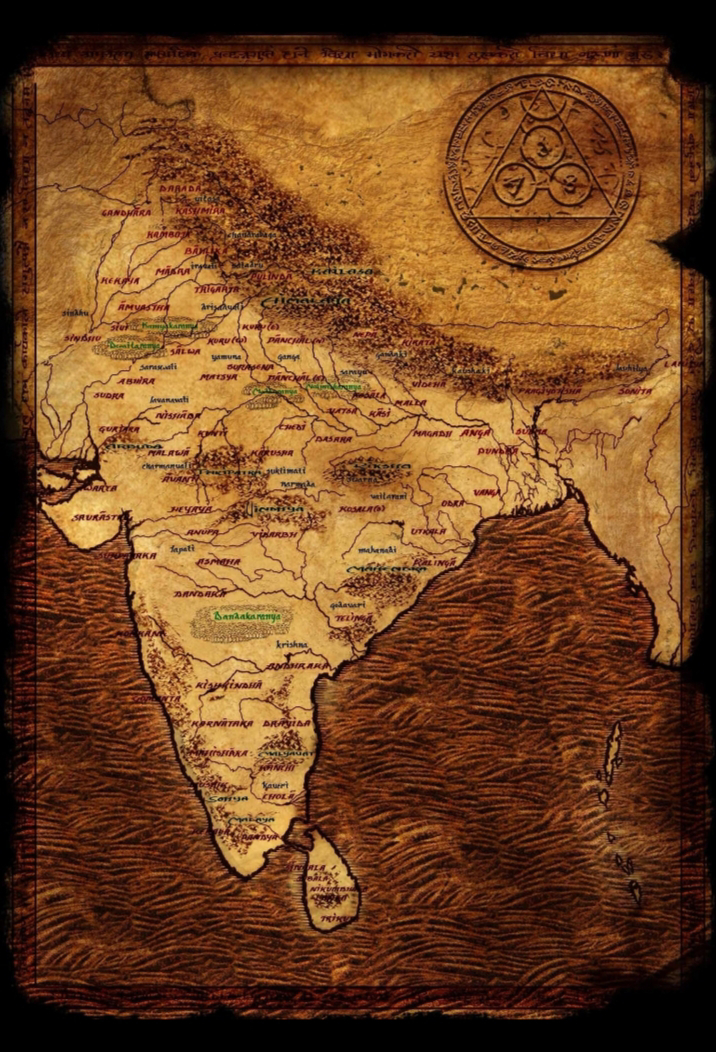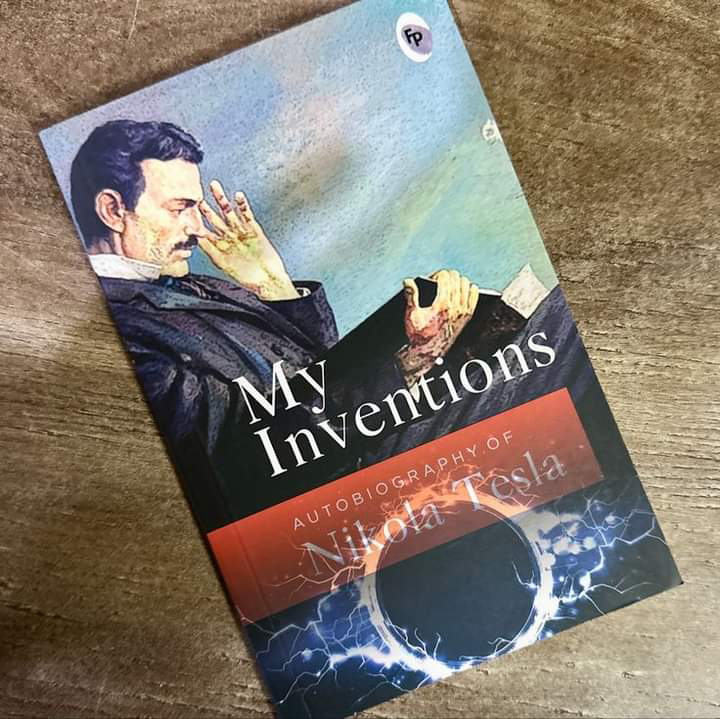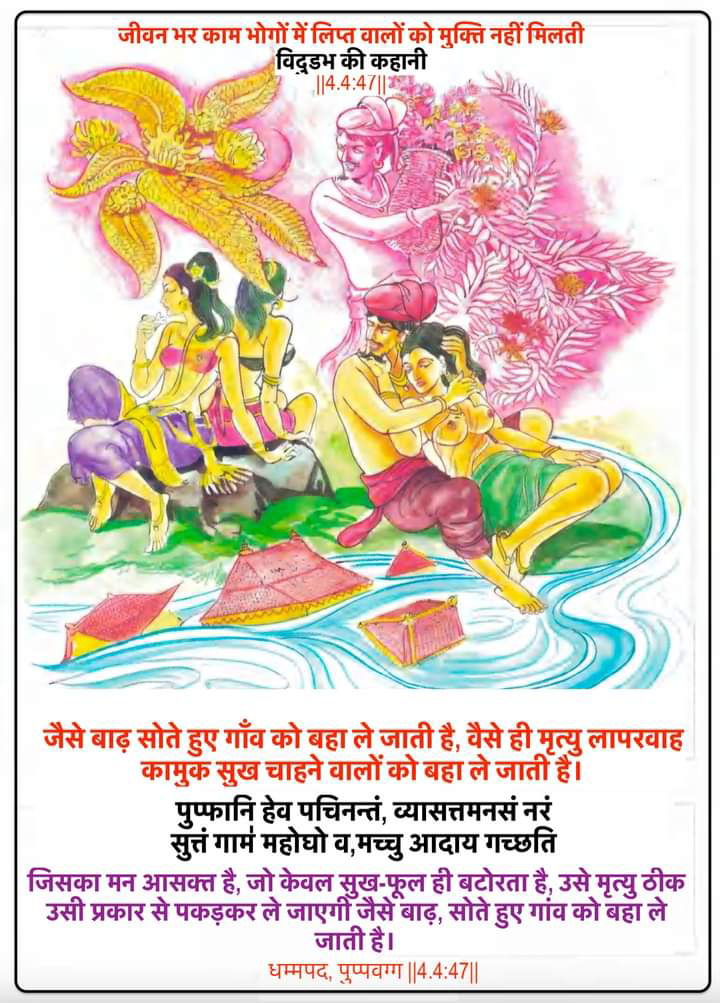Greatest Sages (Rishi's) of Ancient Bharat (India)

G r eatest Sages (Rishi's) of Ancient Bharat (India) Part 3 Everything we know in the name of Dharma, Karma and science today has been described by our Vedic Rishis in the Vedas, Upanishads, Puranas and Vedang's. For thousands of the year this knowledge has been passed on from one generation to another through "Shruti" and "Smriti" in Gurukul Shiksha. Vedic Scriptures are full of the intellect and the mysticism of the Sages, Seers, Saints and Kings who became Sages to renunciate the worldly desires and wants. The primordial concept of Rishi, Muni, Maharishi, Sapt Rishi, Brahm Rishi comes with its own distinct metaphysics which is impossible to be summarized in a thread or in a book or in an article. Such is the eternal depth and vastness of the Sanatan Dharma. Let us continue our journey with part 3 of enlightenment through the life and works of the great Rishis of the ancient India:





















